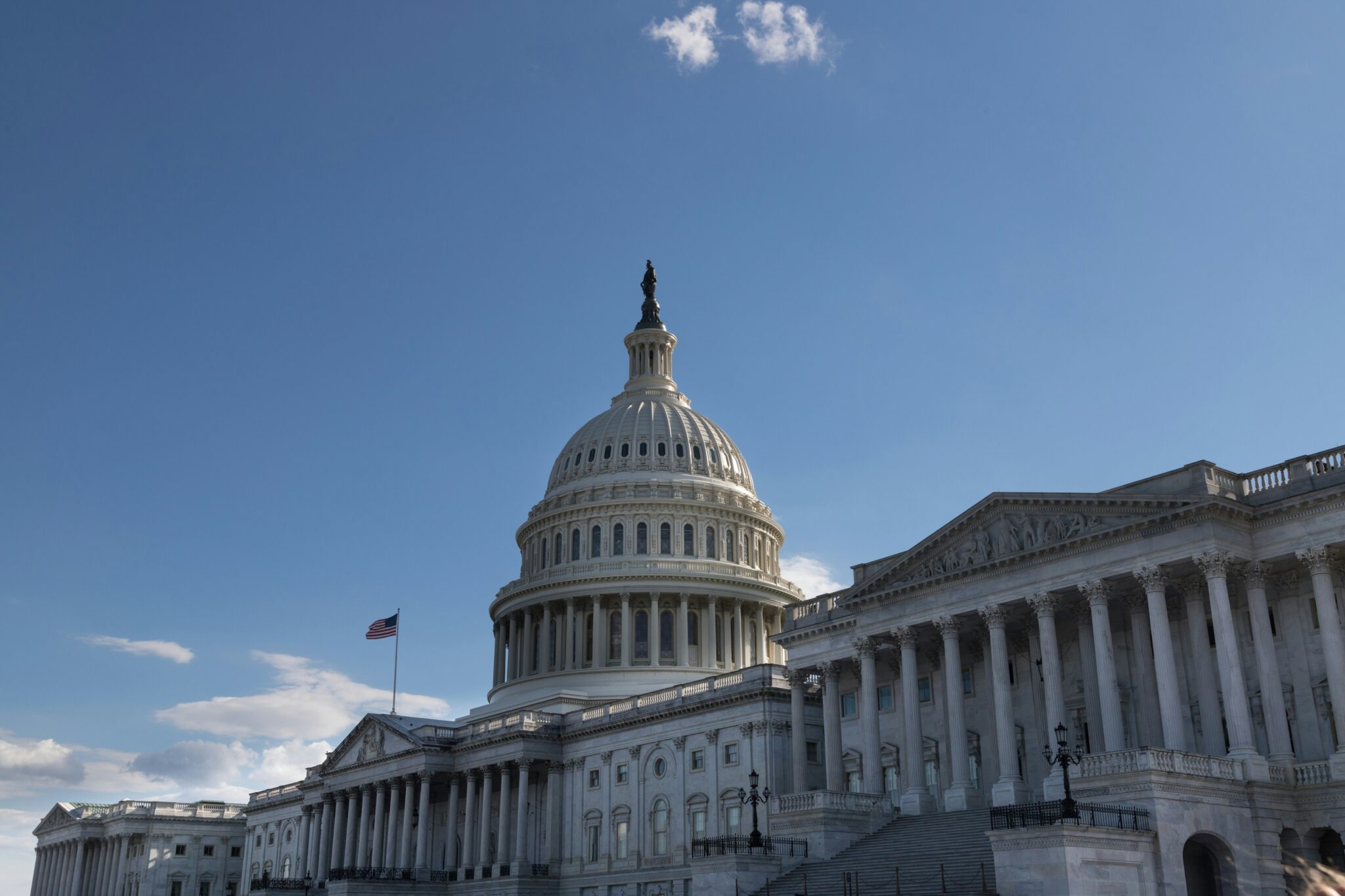Update–September 23
Our transparency in government allies at Open CRS obtained a Congressional Research Service (CRS) report The Cost of Government Financial Interventions, Past and Present. Read the summary (and search through many other valuable CRS reports) on their site, or download the full six-page pdf.
—–
Like everyone else, we’re waiting and watching skeptically as Congress and the administration argue about the size and details of the bailout plan. Hard to know exactly the scope and whether it will succeed in the end, but all reports are saying it will be a hefty $700 billion. When you add that to the previous bailouts you are talking about well over $1 trillion. Here’s a list of the bailouts we’ve already seen put together this year.
Economic Stimulus I: Back in February Congress approved the distribution of checks to households in certain income brackets. The claim was that putting money into people’s pockets would be a jumpstart to the failing economy. The Congressional Budget Office puts the 2008 cost of the checks at $152 billion, and clearly the economy is still ailing.
Bear Stearns: This was one of the first financial titans that the federal government decided was too big to be allowed to fail. Thanks to a federal guarantee of $29 billion, JPMorgan Chase was able to buy this failing investment bank.
Fannie Mae/Freddie Mac: Turns out Fannie and Freddie have been spending too much time buying risky mortgages, so Uncle Sam has now taken the helm of both of these government sponsored enterprises (GSEs). They were created in the wake of the Great Depression to help make money available to private banks so those banks could provide more mortgages. Up to $200 billion of taxpayer money has been promised to prop up these GSEs that were thought to be on the verge of failure due to their un-checked spree of buying up bad investments.
American International Group (AIG) Inc.: An insurance conglomerate, AIG was dragged down by insuring companies that hold mortgages, including the subprime and exotic mortgages that have fueled the housing meltdown. In addition, investors buy insurance from AIG to protect against investments they make, again, including in the subprime mortgage market. These risky investments pushed AIG close to bankruptcy. Again Uncle Sam, meaning you the taxpayer, came to the rescue. An $85 billion loan was made to the company in exchange for the federal government’s 80% ownership stake. Immediately before the AIG bailout, a large investment bank, Lehman Brothers, was deemed not so lucky and went bankrupt.
Highway Trust Fund: Uncle Sam collects the federal gas tax and deposits the proceeds into an account called the Highway Trust Fund (HTF). This revenue pays for the construction and upkeep of the nation’s transportation system. Over-spending by Congress and the effect of recent high gasoline prices are creating a perfect storm that by the end of the year would have created a multibillion-dollar trust fund deficit. Instead, money was simply transferred from the treasury. It will cost $8 billion this year, and as much $12 billion in future years to fill the empty coffers of the HTF.
—–
Still to Come??
Economic Stimulus II: As if $700 billion isn’t enough, Congressional leaders have been debating adding another infrastructure related stimulus to the bailout. It sounds like the minimum stimulus amount under consideration is $50 billion.










